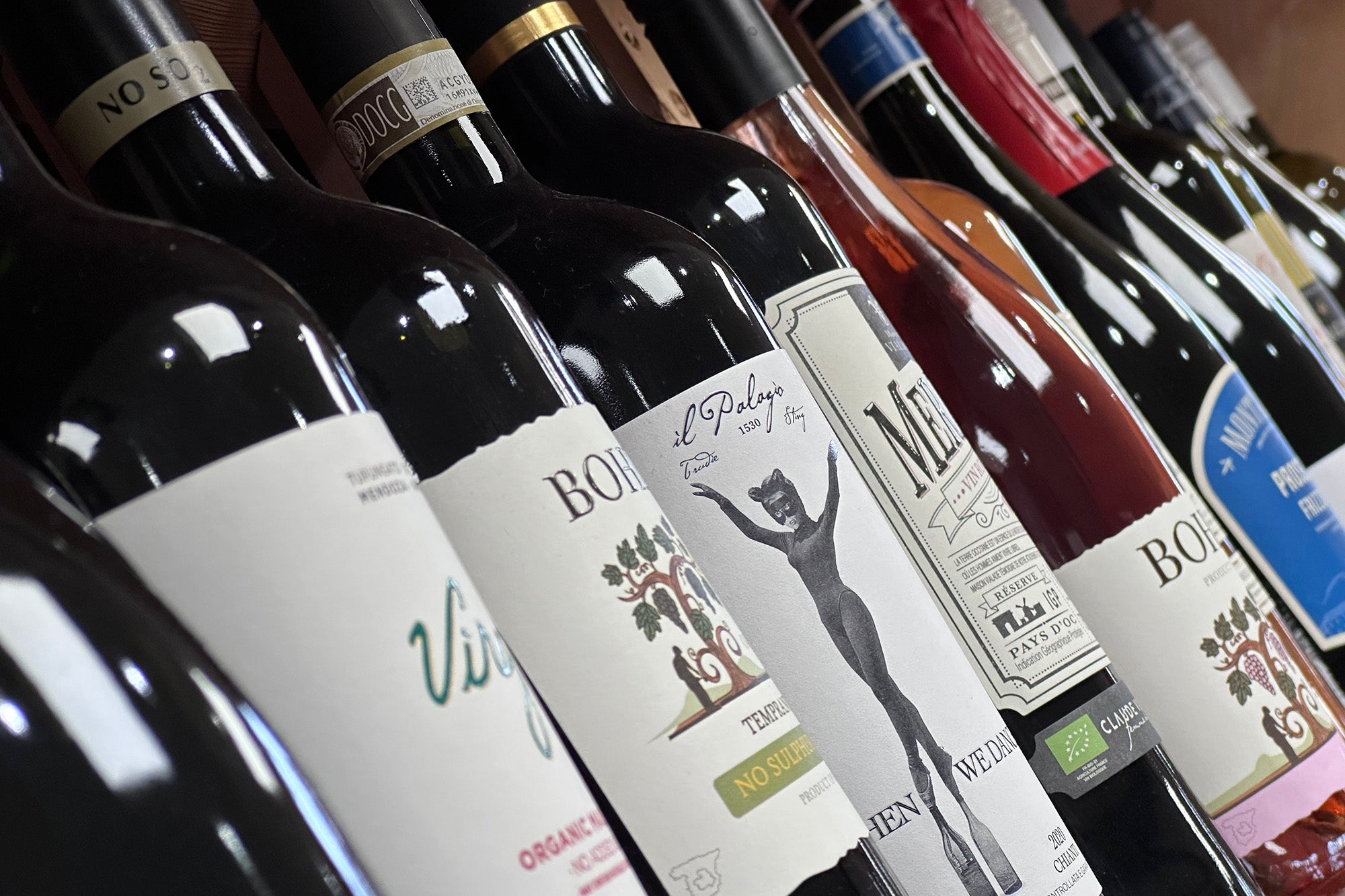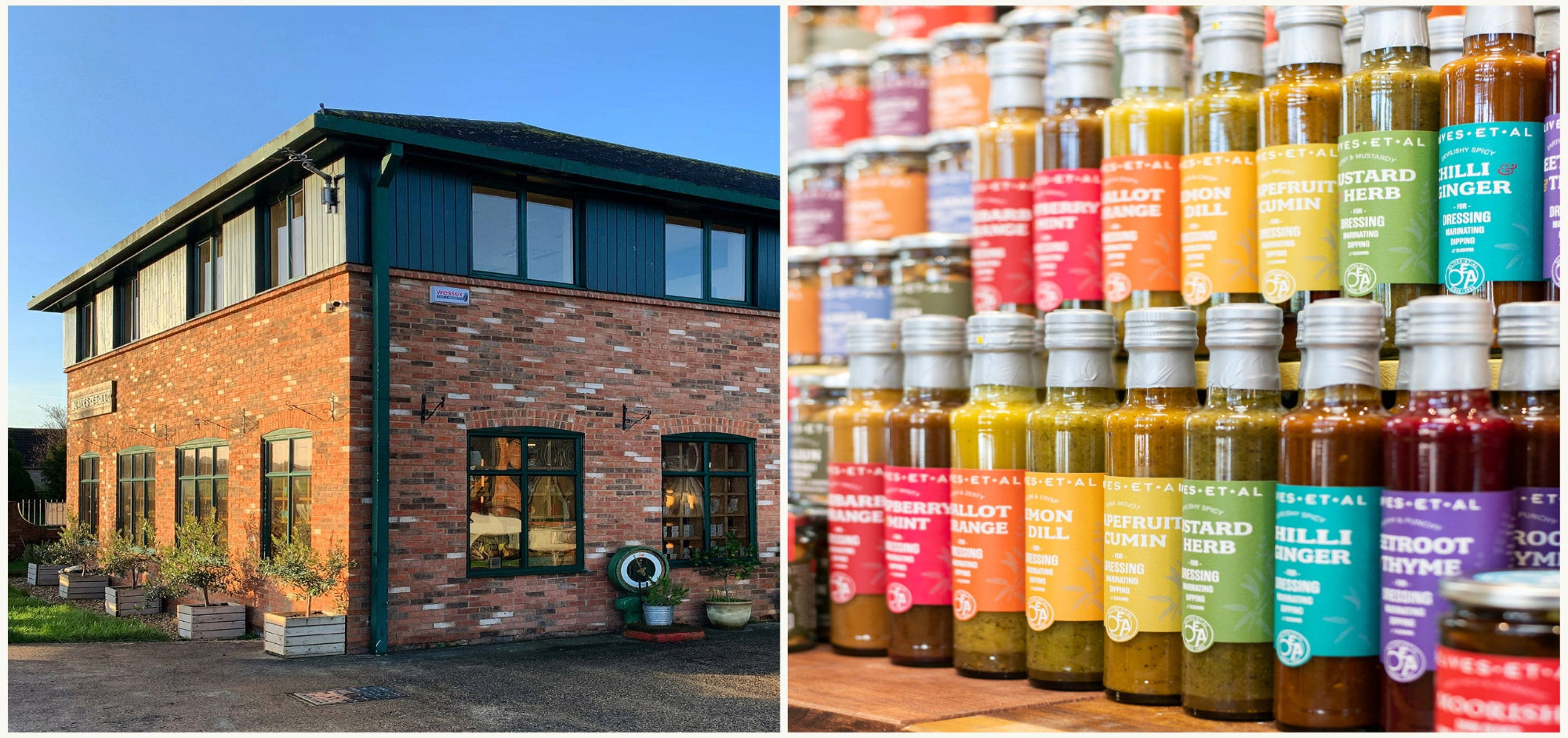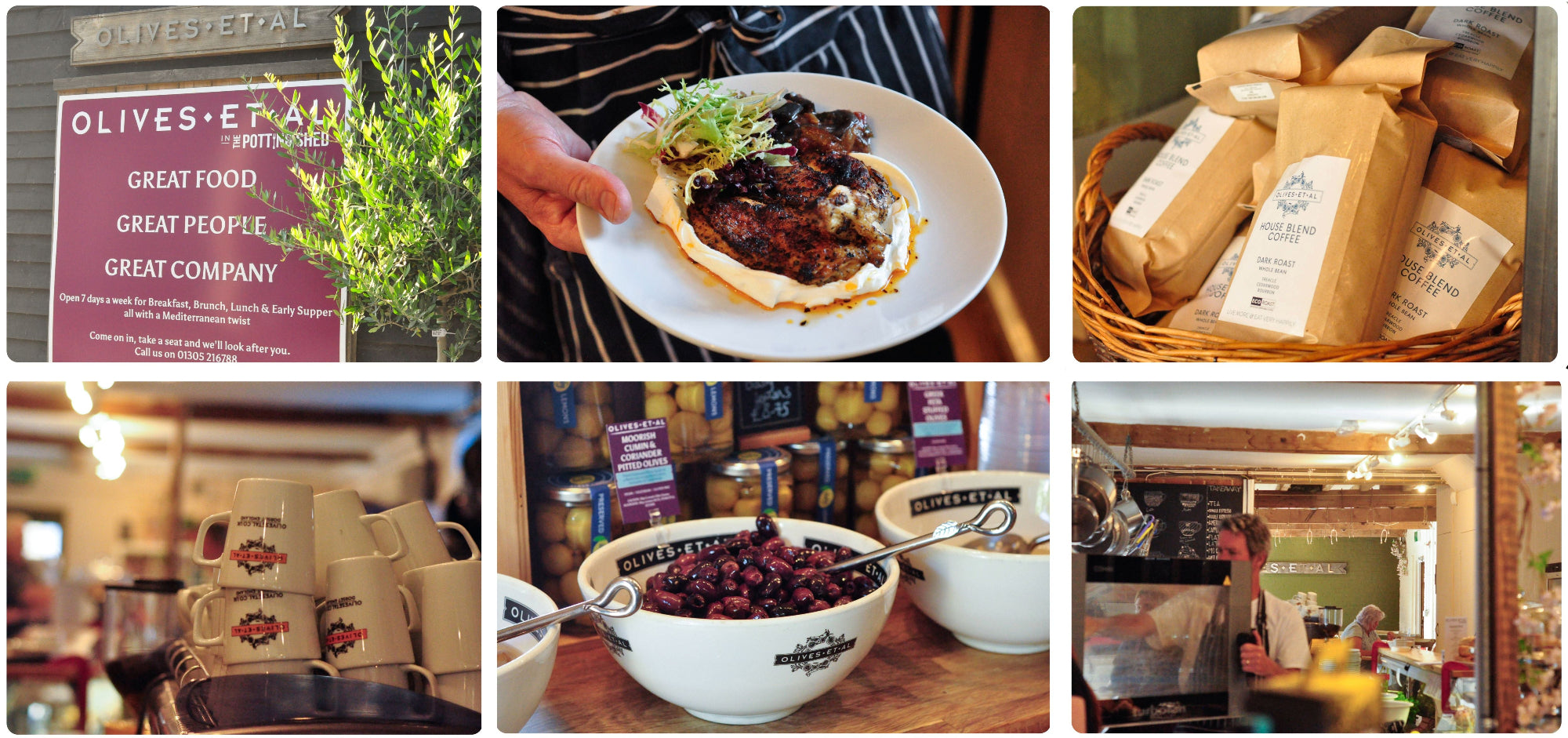THE BRIEFING: Extra Virgin Olive Oil

BACKGROUND
At its most simplistic, olive oil is nothing more than freshly pressed olive juice – however, the best examples are wonderful flavouring ingredients that lend power and depth to all natures and styles of dish. Olives are grown wherever a Mediterranean style climate is the norm with long, hot, dry summers and short, sharp winters. Both Northern and Southern hemispheres produce olive oil and olives although the majority comes from the Mediterranean basin. Spain is the worlds largest producer accounting for almost half the worlds annual production while Greece and Italy are a close second and third.
EXTRA VIRGIN?
Extra Virgin Olive Oil is so called because the ancients believed the olive tree to be so sacred that only the pure and chaste were allowed to tend the village groves hence the “first pressing of the Virgin’s olives”. This became the “Virgin’s olive oil” then simply Virgin Olive Oil. “Extra” Virgin arrived on the scene relatively recently and is used to denote the best grades of oil.
PRODUCTION
Olive oil is extracted from olives using mechanical methods almost solely with the use of a centrifuge rather than the old hydraulic or screw presses that have been almost totally phased out. When producing olive oil time is of the essence and the harvested olives should be processed within 6 hours or so for best results. There are four clear stages to producing olive oil once the olives arrive at the mill. They are:
- CLEANING — The first step in the oil extraction process is cleaning the olives and removing the stems, leaves, twigs, and other debris left with the olives. The olives are washed with water to remove any traces of pesticides, dirt and any foreign bodies.
- CRUSHING — The second step is crushing the olives into a paste. The purpose of crushing is to tear the flesh cells to facilitate the release of the oil. This step can be done with stone mills, metal tooth grinders, or various kinds of hammer mills. Hammer mills are favoured as they are totally sealed meaning all the essential oils released during the crushing are kept within the oil rather than being allowed to evaporate and be lost.
- MALAXING — Malaxing (mixing) the paste for 20 to 45 minutes allows small oil droplets to combine into bigger ones. It is an indispensable step. The paste can be heated or water added during this process to increase the yield, although this generally results in lowering the quality of the oil. The most common mixer is a horizontal trough with spiral mixing blades. Longer mixing times increase oil yield but allows a longer oxidation period that decreases shelf life.
- SEPARATION — Olives contain a mixture of vegetable water, solid matter and the all important olive oil. The final step is to separate the oil from the other two. This used to be done with presses (hence the now obsolete terms of “first press” and “cold press”), but is now done mainly by centrifuge except for a few very old presses.
Some centrifuges are called three-phase because they separate the oil, the water, and the solids separately. The two-phase centrifuges separate the oil from a wet paste. The oil is normally then filtered to remove any fine particles and allowed to rest in stainless steel tanks until required.
It is important to note that certain phrases commonly used or asked about olive oil actually have no bearing on the way olive oil is produced today. First Pressed, Cold Pressed, First Cold Pressed all have no real meaning anymore, as to be certified and labelled as an Extra Virgin Olive Oil, very stringent processes must have been followed. This can be tricky to explain without sounding like a nerd so we generally explain that "all extra virgin olive oils are cold pressed".
However, for full disclosure, here's why they are no longer relevant or even legal:
- First Pressing: historically, when olives were pressed on mats under hydraulic pressure, they would be pressed two or three times with each pressing releasing less and less oil. The most desirable was the oil from the first pressing. Hence: First Press.
- Cold Pressing: again, historically, olives were either piled up outside the mill and allowed to begin to decompose and, in doing so, generate heat within the pile or, the mats were sprayed with hot water. When pressed, this increase in temperature would allow a greater yield but of lesser quality – hence Cold Pressed oil being more sought after.
Today, modern mills are rigidly temperature controlled with every stage being very carefully monitored so these terms now have no meaning and are, in actual fact, banned from being used to market or describe olive oils. Please read the very last paragraph on Legal Definitions for the full story.
TASTE
Olive oil is highly complex in the range of flavours, tastes and styles it can deliver. The three primary sensations are fruitiness, bitterness and pepperiness. These are then followed by the flavour notes which can also be easily discerned: vegetables like artichoke, tomatoes or salad leaves or grass; fruits like apple, melon, banana; herbs and even sweet elements like chocolate or liquorice. All can add great depth, complexity and balance to an oil which in turn, adds to any dish the oil is used with.
QUALITY
In determining the overall quality of an oil the total absence of fault or defect is the first stage. This is not a subjective decision – either the oil is faultless or it isn’t. When trying to establish whether the oil is better than another balance is the key. Top oils are those which achieve harmony and balance between all the various flavour elements that go to make up the whole.
STYLE AND USE
There are three broad styles of oil and all oils can fall into one or other of them. An ideal range of oils will have a cross section of all the styles. The styles can be defined as:
- STRONG – an aggressive oil that packs a powerful punch – often with plenty of bitterness and pepper. Use For: Dipping or with strong flavoured dishes to lend depth and character.
- MEDIUM – a good all round oil that has elements of all three primary tastes, fruit, bitterness and pepper but without overpowering. Use For: Everyday cooking, salads, salad dressings.
- MILD – a sweeter and more delicate oil often with no bitterness and mild, mild pepper augmented by fruity notes like melon, pear or apple. Use For: Dipping or over vegetables, fish or delicate pasta dishes.
COMMODITY VS PROVENANCE
Mass produced, commodity oils are normally made from blends of oils derived from many different producers across huge areas and even different countries of origin. Such oils are the cheapest to buy but often do not deliver much in the way of flavour or style simply because of the huge variances in the input materials. They also tend to lose freshness more rapidly and soon taste tired or even rancid.
Oils originating from single estates or a group of producers in one limited area tend to be of a better flavour and style resulting from the close involvement with the cultivation, harvesting and processing. These oils will cost a little more because production is labour intensive and greater levels of care are taken at every stage. As such, outputs are relatively small but this is offset by the quality and known provenance.
PAYOFF
In order to select a range of oils that delivers quality, flavour, provenance and style at reasonable prices without being commoditised to the degree of blandness that can come with a global brand is a particularly challenging endeavour.
The ideal is to find oils that deliver great quality from producers who really care but who also take a pragmatic and commercial approach to their art. Such oils need to be available with ease, sensibly priced to sit comfortably with consumer expectation but that still deliver a style and flavour that always exceeds expectations.
OUR OIL
Over the years we have sold many different oils in a range of styles and prices. We have learnt to work out who the best producers are not just from the quality of what they produce but the whole package of support, partnership and willingness to work with us to educate us and our customers.
Currently we have restricted our range to one primary producer who we have worked with for many years and has proven to have ability to craft and blend oils to precise taste profiles for different applications: Naturvie in Extremadura, Spain.
Olives Et Al/Naturvie
All Round Medium Intense Oil: Selected blend of olives all from the single estate of El Hoyo, Extremadura, SW Spain.
Olives from 200 year old trees from the estate of the Sanchez Mohino y Arias family. Olives pressed directly on the estate using 3 phase process.
Aroma of tomatoes and lemons along with notes of banana and nuts with a balanced fruitiness and mild pepperiness. Light finish ideally suited to the British palate.
LEGAL TERMINOLOGY
There are some very strict laws around the marketing and description of various grades of olive oil – the following text is taken directly from the International Olive Council website:
Designations and definitions of olive oils
Olive oil is the oil obtained solely from the fruit of the olive tree to the exclusion of oils obtained using solvents or re- esterification processes and of any mixture with oils of other kinds. It is marketed in accordance with the following designations and definitions:
Virgin olive oils are the oils obtained from the fruit of the olive tree solely by mechanical or other physical means under conditions, particularly thermal conditions, that do not lead to alterations in the oil, and which have not undergone any treatment other than washing, decantation, centrifugation and filtration.
Virgin olive oils fit for consumption include:
Extra virgin olive oil: virgin olive oil which has a free acidity, expressed as oleic acid, of not more than 0.8 grams per 100 grams, and the other characteristics of which correspond to those fixed for this category in this standard
Virgin olive oil: virgin olive oil which has a free acidity, expressed as oleic acid, of not more than 2 grams per 100 grams and the other characteristics of which correspond to those fixed for this category in this standard.
SUMMARY
If you've read all the way through this to here you'll have begun to realise the complexity of the subject. This brief is in no way is a complete explanation of everything there is to know – consider it more as a primer. If there is anything specific you would like to find out then please do give us a call – if we don’t know we will certainly know how to find out!
Giles Henschel
Co Founder
Aug 2023


